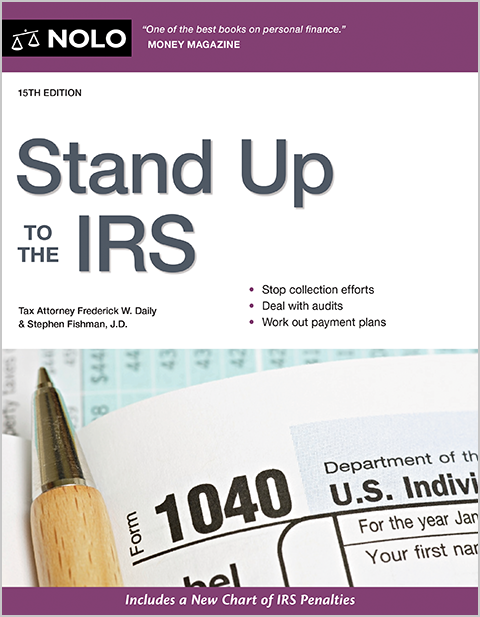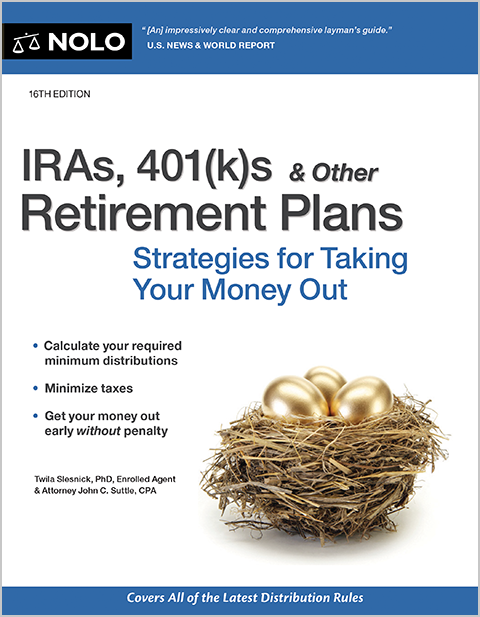If you donate property to a nonprofit, you need to determine how much it is worth when you donate it.
If you donate property to a nonprofit such as clothing, electronics, or furniture, you need to determine how much it is worth when you donate it. You can only deduct this amount on your taxes as a charitable donation. You can't come up with this value out of thin air. Moreover, because of past valuation abuses by taxpayers, the IRS has imposed special rules for valuing some types of property.
Other than cash contributions of up to $300, you can only deduct charitable contributions if you itemize your personal deductions instead of taking the standard deduction. The Tax Cuts and Jobs Act nearly doubled the standard deduction for individual taxpayers. This means there will be far fewer taxpayers who will itemize their deductions—and give to charities.
Fair Market Value
The basic rule is that you may deduct no more than the property's "fair market value" at the time of the donation. But fair market value can be a tricky thing. For IRS purposes, it means the amount that a "willing buyer would pay and a willing seller would accept for the property, when neither party is compelled to buy or sell, and both parties have reasonable knowledge of the relevant facts." In other words, it's a fair price—not too high and not too low.
For property donations of under $5,000, you can determine the fair market value yourself and no appraisal is required. The IRS recommends that you consider all relevant factors, including:
- the item's cost or selling price
- sales of comparable items
- the item's replacement cost, and
- an expert opinion.
Example: Joe donates a one-year-old Mac portable computer to his church. He paid $1,500 for it new, but he knows it's worth much less than that because of its age. He looks at sales of comparable computer on eBay and finds that the average price they are going for is $500. He decides this is its fair market value for tax purposes.
IRS Publication 561, Determining the Value of Donated Property, gives a good explanation of how these factors should be used to determine an item's fair market value. You can refer donors to this publication, which can be downloaded from the IRS website.
Property Donations Over $5,000
For any property donations worth $5,000 or more, you must obtain a formal appraisal from a qualified appraiser. The only exception is for marketable securities because they have a clear market value.
Clothing and Household Items
The most commonly donated property items are clothing and household items. Household items include furniture, furnishings, electronics, appliances, linens, and other similar items. Valuation abuses by taxpayers have been widespread for donations of clothing and household items. In many cases, people donated used items that were worthless or nearly worthless and valued them for tax purposes as if they were new. To prevent this, the IRS tightened the rules on valuing household donations in 2005.
Donated clothing or household items must be in "good used condition or better." If they are not, you can not take a tax deduction for the donation. The IRS provides no guidelines for determining what constitutes "good used condition or better." However, some nonprofits have guidelines that describe what they will and will not accept and these can be helpful for providing guidance on what the IRS might consider acceptable. For example, the Salvation Army says it does not want torn, dirty, or broken items; Goodwill Industries advises "if you would give it to a relative or friend, then the item is most likely in good condition and is appropriate to donate."
The tax law contains an exception to the good used condition requirement for any single item of clothing or single household item that is worth $500 or more. If a donor gives such an item, it can be in less than good used condition. However, you must have a qualified appraisal of the item's value and must file IRS Form 8283, Noncash Charitable Contributions with your tax return.
Example: Caroline donates a vintage French designer ball gown that belonged to her mother to her local symphony orchestra. The gown is over 30 years old and is in poor condition. Caroline hires an appraiser who determines that the rare item is worth $2,000, despite its poor condition. Caroline may deduct this amount, provided that she files Form 8283 with her tax return.
It's a good idea for you to photograph any items you donate as additional proof of their condition in case any questions come up later with the IRS.
Online valuation guides. Some well-known nonprofits have created value guides for clothing and household goods. It's hard to imagine that the IRS would complain if a donor used one of these guides. They can be found at the following websites (the Salvation Army guide is the most detailed):
Tax software. Tax-preparation software, including H&R Block's TaxCut and Intuit's TurboTax, can provide donors with estimated values for clothing and other household goods based on the condition of each item. You describe the item being donated and the program gives an estimate of its value based on surveys of thrift store sales and online auctions. A comparison of the results obtained using these programs and the price guides created by nonprofits found that the software usually gives higher valuations.
Past sales of similar items. Prices obtained in the past for the sale of similar items are always a good indicator of value. Good evidence of value would be the price at which similar items are sold in thrift stores, such as Salvation Army Family Stores and Goodwill Industries. Online auction sites, such as eBay, can also provide guidance on what used items are worth. You may simply check to see what similar items have sold for and could use the average price of a few recent sales.
Vehicles
Special rules apply to donations of automobiles and other vehicles. For details, see the article Tax Deductions for Charitable Contributions.
Talk to a Tax Attorney
Need a lawyer? Start here.
How it Works
- Briefly tell us about your case
- Provide your contact information
- Choose attorneys to contact you
- Briefly tell us about your case
- Provide your contact information
- Choose attorneys to contact you

